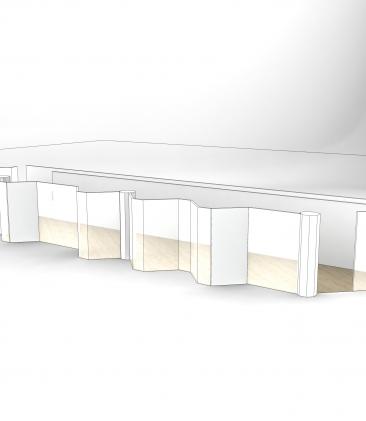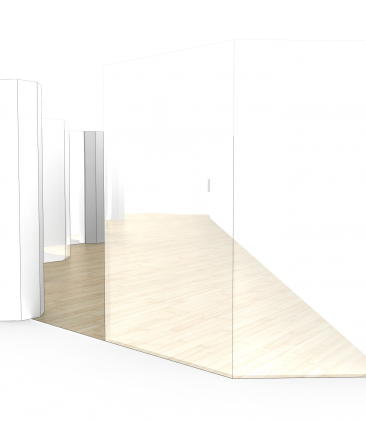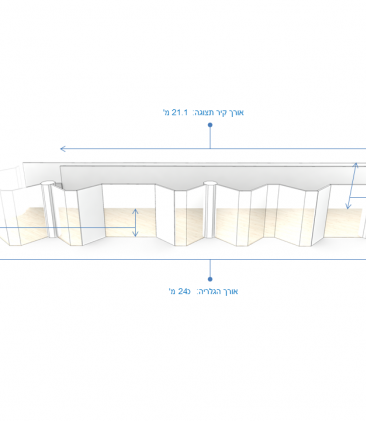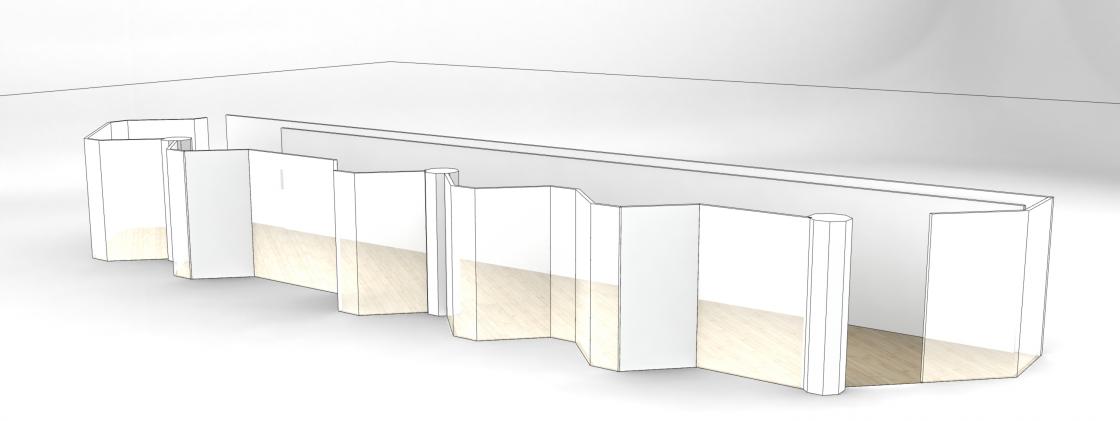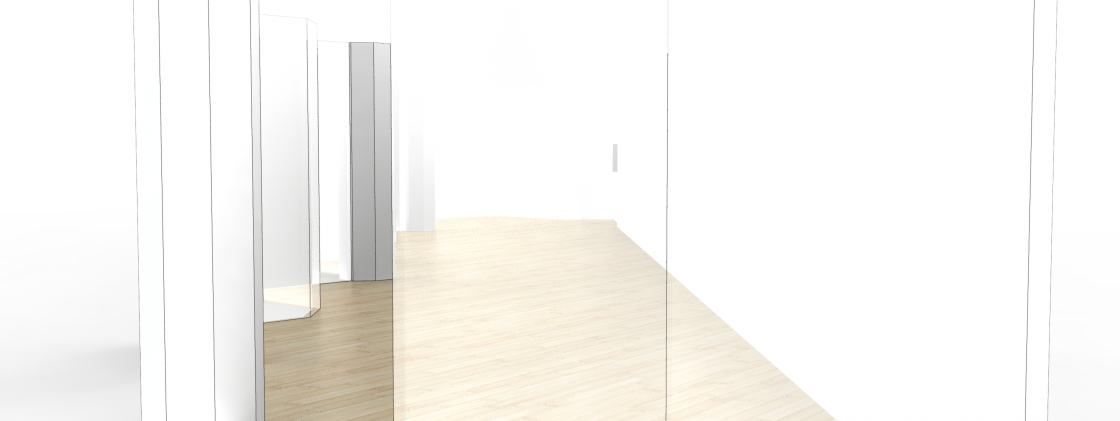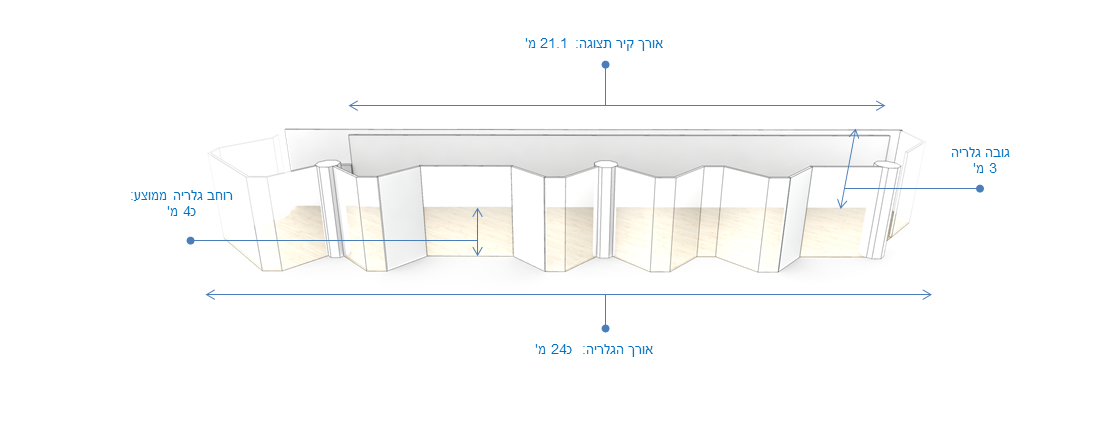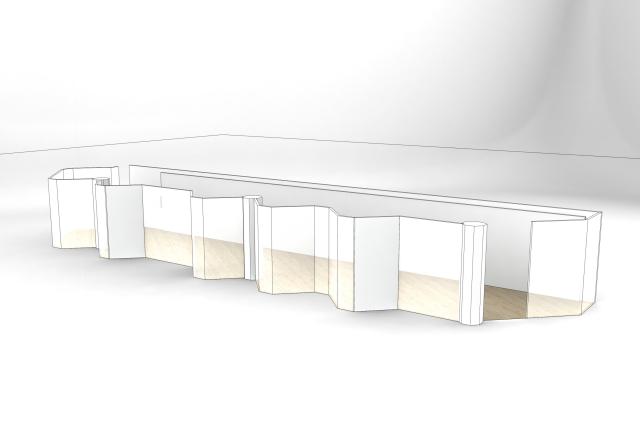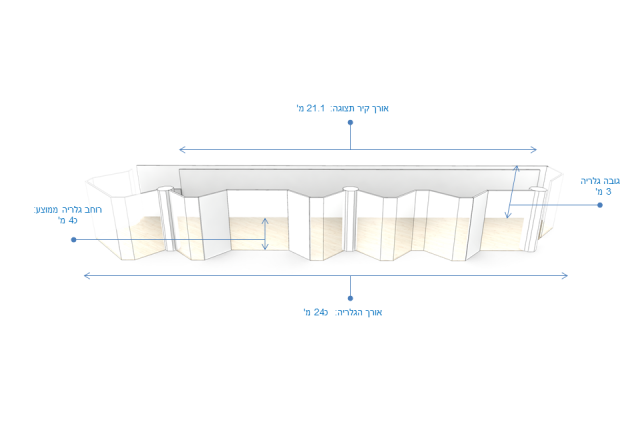The Little Gallery is named after its benefactors, Max and Iris Stern. It opened in 2000 on the Mount Scopus campus of The Hebrew University and has become a home for major temporary exhibitions, acting as a link between the worlds of academy and art via various media platforms.
The gallery, 24 metres long and 3-4 metres wide, makes clever use of its size, with glass walls at obtuse angles flooding the space with light. The gallery is located in the main hall connecting the various departments of the campus, between the Central Library and Beit Maiersdorf.
Since 2011 the gallery has hosted bi-annual exhibitions, presented alongside new studies by university scholars or accompanying academic conferences.
Among the exhibits were ANI-MA, depicting relations between Israel and Japan; Korea Style, presented during a conference on Korean cultural industries in the Middle East; Time of the Tent, which was set up following the “tent protest” in the summer of 2011; and Pixel's Habitat, an exhibition by Reuven Zahavi depicting the relationship between art and science.
The gallery displays a variety of artistic styles, from video art to prints, photographs, drawings and more.
Since 2014, the Gallery has been hosting annual exhibitions dedicated to the university’s collection. A Rare Breed was dedicated to the works of Bracha Avigad-Levy, with her focus on flowers, and was later donated to the university’s Botanical Gardens, preserving a collection of plants and flowers of Israel.
The exhibition We Shall Open Wide the Fates and Windows of this Institution presents historical photographs and documents from archives across Israel, describing the celebrations at the inauguration of the university in 1925.
For more information on past exhibits please visit our Exhibitions Archive.
Max and Iris Stern
In 2003 the gallery was named after Max and Iris Stern. Max Stern was born in Dusseldorf in 1903 and was exposed to art from an early age. His father, who was an art dealer and scholar, founded the Stern Gallery in Dusseldorf. Max followed in his father's footsteps and studied art history in Germany, France and Austria.
Fearing for his life, Max left Germany in 1937 and travelled to Paris and later London, where he joined his sister, Heidi, who co-founded Gallery West. In 1942, he arrived in Canada and made it his adopted homeland. After the Second World War, he retrieved some of his family collection from their gallery in London, and over the years he has managed to retrieve many paintings confiscated by the Nazis from his family’s gallery in Dusseldorf.
In 1946, Max Stern married Iris Westerberg and a year later, in 1947, the couple became the owners of the Dominion Gallery in Montreal.
Stern was a successful art merchant who supported the study of art history and helped museum curators. The Sterns were among the most prominent supporters of the arts in Canada. They donated works from their private collections to museums across the country, including the Montreal Museum of Fine Arts, Concordia University, the National Gallery of Canada and the Edmonton Art Gallery (currently named The Art Gallery of Alberta).
Opening times: Mon-Thu, 8:30-20:30
View the Current Exhibition: We Shall Open Wide the Gates and Windows of this Institution




